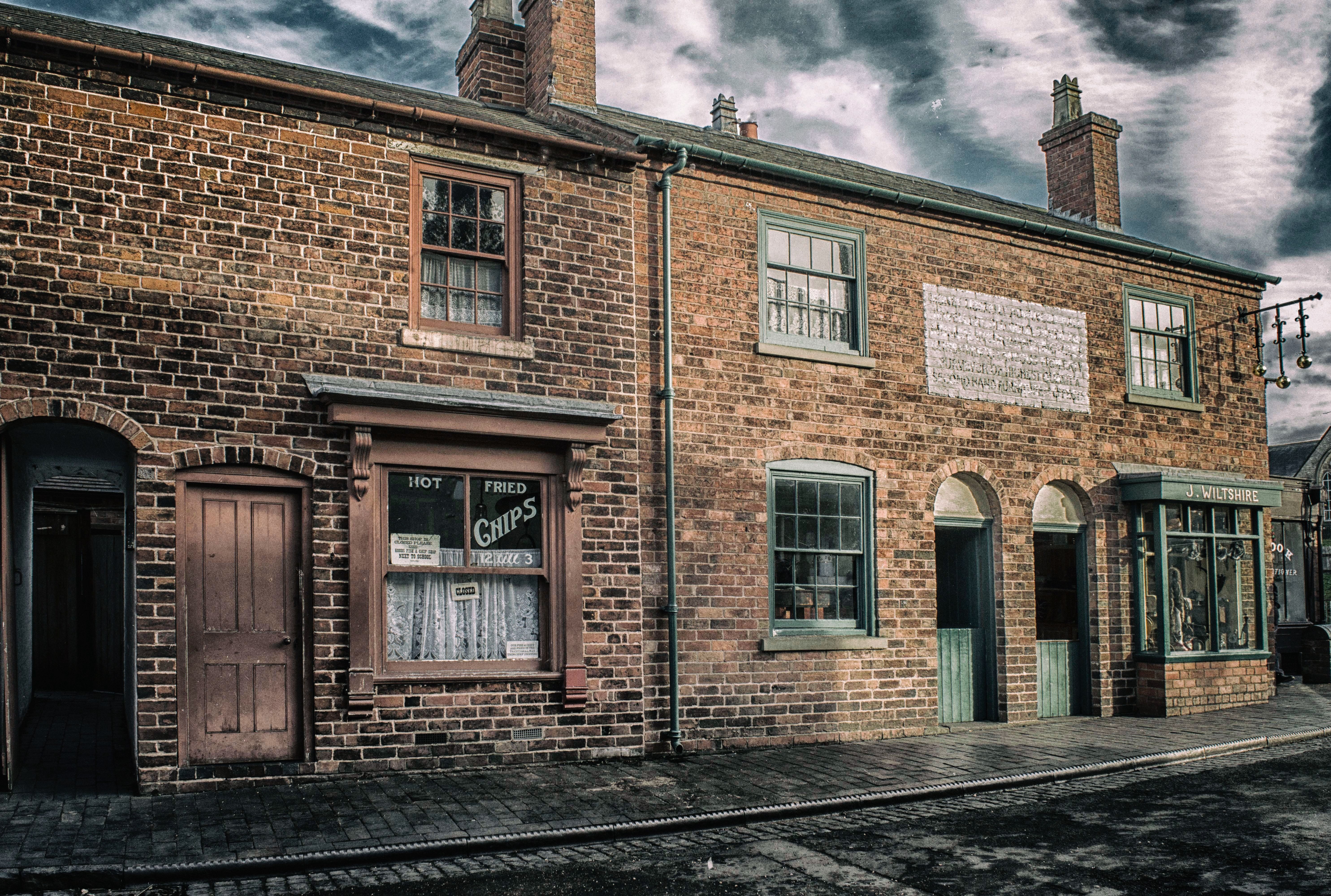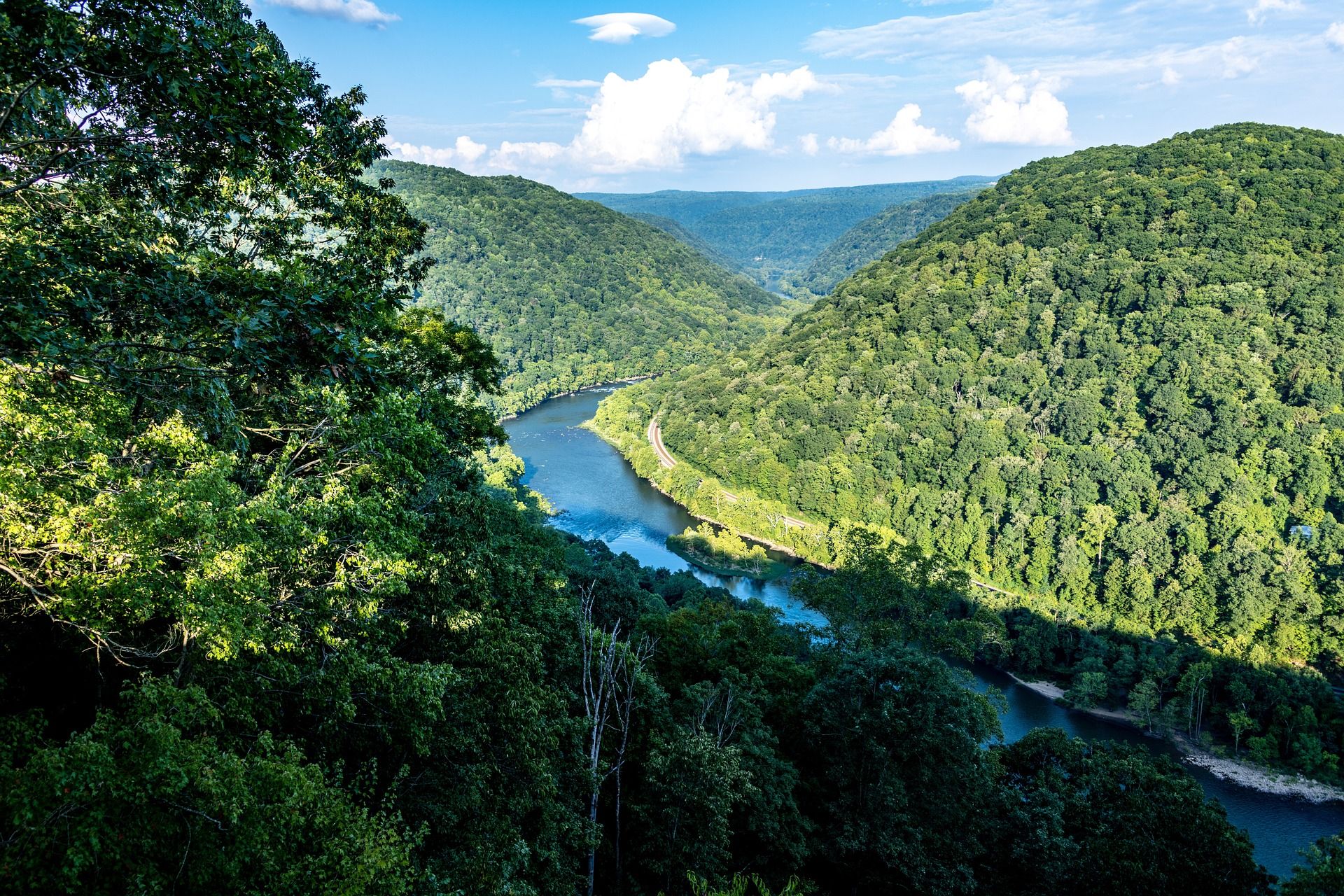Quick Links
To a visitor to Thurmond, almost everything will look eerily strange, offbeat, and disturbing. For starters, the streets are distressingly quiet: there are no honking horns, no blinking lights, no blazing sirens. It looks like the complete antithesis of New Delhi, which, although chock-full of attractions, has a scandalous reputation for being crowded and noisy. Even at peak hours of travel, especially between 5 PM and 6 PM, an hour when Chicago, the Big Apple, and Boston are practically at a standstill, Thurmond’s streets are completely deserted. Instead of the rush and pressure one would expect, the town is enveloped with the aura of a remote churchyard.
Of course, the world teems with tourist hotspots that are now abandoned. Some of these are magnificent castles now lined with moss and browned with time. But towns such as Swansea ( Arizona) and Lost Cove (North Carolina)—also make up this fascinating number. But what’s the story of Thurmond, West Virginia?
Here’s How Thurmond Began
Once a bustling center of commerce humming with several coal towers, Thurmond is now a ghost town: half eerie, half fascinating. Someone seeing it for the first time will find in it an object of curiosity; a subject of study. This is because of the dramatic change that has swept over it. Its story is interesting, intriguing, sobering.
The story is more than 150 years old and goes back to the roiling years just before the Civil War. Known for his big dreams and strong convictions, William Dabney Thurmond, a native of Amherst County, Virginia, would move to the town’s present location in 1844.
He held strong views on the then oven-hot issue of slavery and would lead a gang in support of the Confederacy during the Civil War.
After the war, he would be employed as a surveyor in the area. However, money was scarce and hard to come by, a situation that compelled him to accept 73 acres on the north side of the New River instead of regular cash wages. It was along a newly completed railroad, and in 1883, a freight station was built in the area.
Five years later, a bridge would be constructed to connect the coal mines across New River with the main line.
This latter development would quickly change the fortune of the emerging town. There was an immediate surge in the number of trains laboring their way to Thurmond.
Hotel Thurmond would soon grace the townscape while a passenger and train depot would be constructed at the rail junction.
Thurmond’s Fascinating Golden Age
Like Athens or Venice, Thurmond would soon experience a period of unprecedented growth; a period that was like none before and none after. The growth was so dramatic that at the dawn of the 20th century, Thurmond was handling more freight than Richmond, Virginia, and Cincinnati, Ohio combined.
1901 saw the town officially incorporated. Subsequently, perhaps simultaneously, William Thurmond would outlaw the sale of alcohol and liquor.
However, just nearby, perhaps even within its precincts, The Dun Glen Hotel (sometimes spelled Dunglen or Dunglenn) was a whirling scene of entertainment, pleasure, and scandal. Built in 1901, Dun Glen was a 100-room wooden spectacle that would go on to make Thurmond famous, even if in a manner that was a yard or two out of the pale.
At its height, Thurmond had two banks, two hotels (Thurmond Hotel and Dun Glen), quite a number of stores, a popular cinema, and several offices. Of course, it also had the largest revenue on the Chesapeake & Ohio Railway. But the light would soon flicker before dramatically going out.
Here’s How Thurmond’s End Came About
A combination of factors contributed to making Thurmond a ghost town. The first was the Great Depression. Of course, the effects of the Great Depression were felt far and wide—and virtually in the whole country.
But in Thurmond, it would bury one of Thurmond’s two banks and cause the other to vote with its feet. But while economic misfortune suffocated Thurmond, technological progress would sound its death knell.
Thurmond’s rail yard was designed for steam locomotives. Steam gave way to diesel, rails to roads, and what remained of Thurmond—gasped, gasped some more, and then all but died.
- Where is Thurmond Located? Thurmond is located on the New River in Fayette County, West Virginia
Today, according to the 2020 census, Thurmond has a population of five. It’s now more of an object of curiosity than a bustling town where life once thrived. No one walking its deserted streets can have an idea of its faded fame. Of course, the Dun Glen Hotel would also go up in flames way back in 1930. The post office, however, would brave it all for a while. But in 1995, it shut its doors.
Thurmond an intriguing place to visit. And when crossing the narrow bridge, visitors today can see what’s left of Thurmond.
The entire town is now a designated historic district on the National Register of Historic Places that will transport one back in time.


